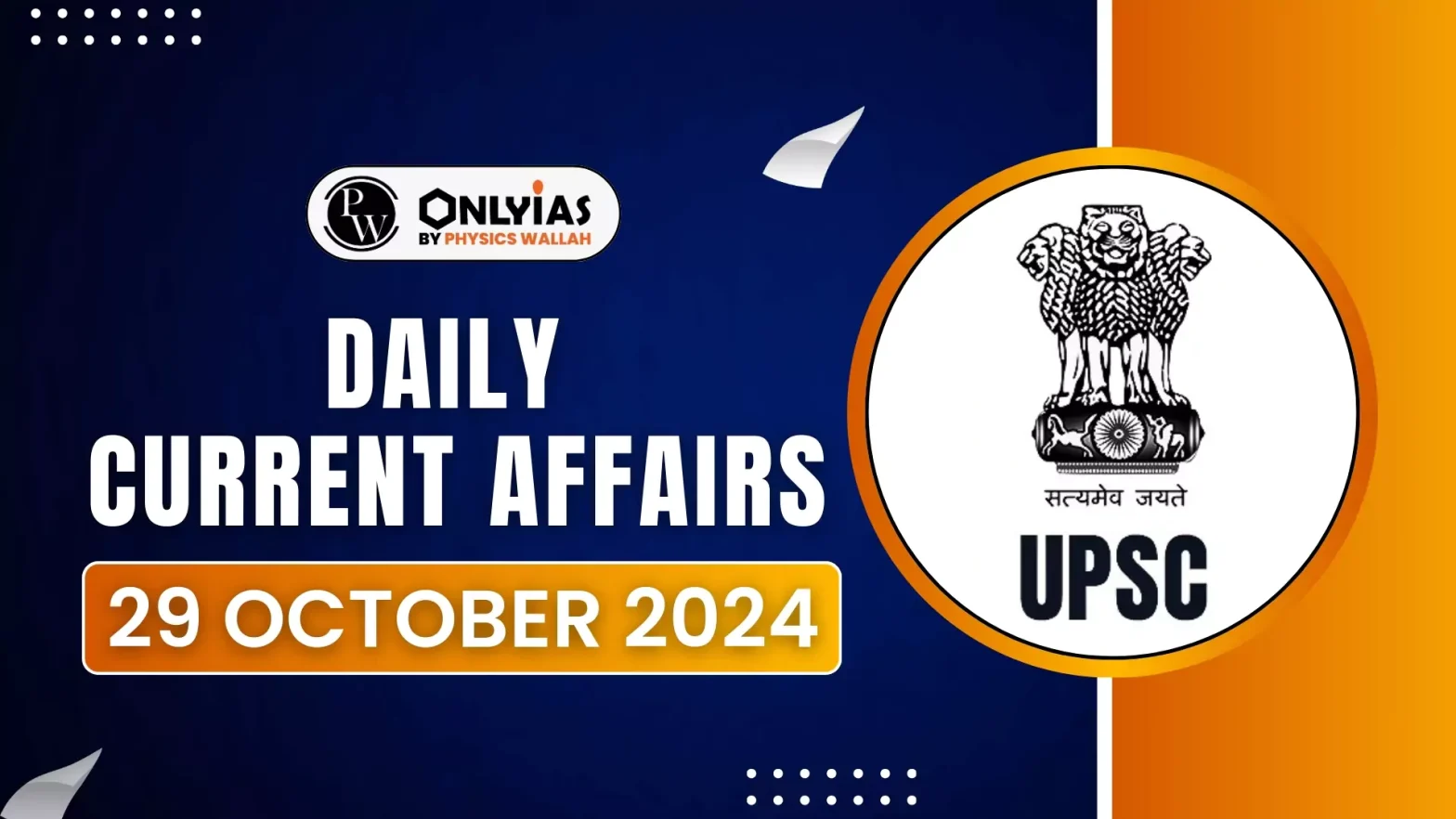The Union Government has reportedly decided to include four new components – Hydroponics, Aquaponics, Vertical Farming, and Precision Agriculture – under the Mission for Integrated Development of Horticulture (MIDH).
About Mission for Integrated Development of Horticulture (MIDH)
- Centrally Sponsored Scheme launched in 2014-15.
- It promotes the comprehensive growth of the horticulture sector in India.
- It supports crops such as fruits, vegetables, roots and tubers, mushrooms, spices, flowers, aromatic plants, coconut, cashew, and cocoa.
Enroll now for UPSC Online Course
Rationalisation of CSS
- The Union Cabinet approved the merging of various CSS into two umbrella schemes:
- Pradhan Mantri Rashtriya Krishi Vikas Yojana (PM-RKVY)
- Krishonnati Yojana (KY)
|
- It provides technical and administrative support to State Governments and State Horticulture Missions (SHMs) for initiatives like the Saffron Mission, RKVY, and NMSA.
- Implemented under: Green Revolution – Krishonnati Yojana.
About Horticulture
- Horticulture is the science and art of growing plants for food, medicine, and aesthetic purposes. It involves the cultivation of a variety of plants, including fruits, vegetables, herbs, nuts, trees, shrubs, flowering plants, and turf.
- Sub-disciplines: olericulture (vegetables), pomology (fruit), floriculture (flowering plants), and landscape horticulture.
Key Facts
- Horticulture production is higher than the production of food grains in the country.
- India’s total horticulture production rose from 240.53 million metric tonnes in 2010-11 to 334.60 million metric tonnes in 2020-21.
- Indian horticulture sector contributes about 33% to the agriculture Gross Value Added (GVA)
- India is the second largest producer of fruits and vegetables in the world.
|
- Funding Pattern: Government of India (GoI) contributes 60% and 40% share is contributed by State Governments.
- In the case of North Eastern States and Himalayan States, GoI contributes 90%
- Objectives
- Enhance Production and Productivity: Increase yield and quality with better planting materials and modern technologies.
- Post-Harvest Management: Minimise post-harvest losses by developing infrastructure for storage, processing, and marketing.
- Promote Sustainable Practices: Encourage organic farming, eco-friendly practices, and integrated pest management.
- Capacity Building: Train and support farmers in modern horticultural practices to improve income.
- Market Access: Strengthen supply chains for better access to domestic and international markets.
Check Out UPSC CSE Books From PW Store
Key Components
- National Horticulture Mission (NHM):
- Supports horticulture development across all states and union territories.
- Horticulture Mission for North East and Himalayan States (HMNEH):
- Tailored to the unique needs of northeastern and Himalayan regions.
- National Bamboo Mission (NBM):
- Promotes bamboo cultivation and its value chain.
- Coconut Development Board (CDB):
- Focuses on the development of the coconut sector.
- Central Institute of Horticulture (CIH):
- Located in Medizipehima, Nagaland, for technical support, training, and capacity building in the North East.
Advanced Farming Techniques
Hydroponics
- Definition: It is a method of growing plants without soil, using water enriched with balanced mineral nutrients essential for plant growth.
- Benefits:
- Uses less water than traditional farming.
- Suitable for regions with poor soil or limited land.
- Allows precise nutrient control, reducing wastage.
- Limitations:
- High initial setup costs.
- Requires continuous monitoring and specialised knowledge of nutrient management.
Aquaponics
- Definition: it integrates hydroponics with aquaculture, creating a symbiotic system with plants, fish, and beneficial bacteria.
- Process:
- Fish waste provides nutrients for plant growth.
- Plants, in turn, filter and purify water, which is recycled back to the fish tanks.
- Benefits:
- Sustainable system producing both plants and fish.
- Reduces reliance on synthetic fertilizers.
- Efficient water use.
- Limitations:
- Requires knowledge to balance fish and plant needs.
- Demands careful monitoring of water quality and nutrient levels.
Precision Agriculture
- Definition: it employs data-driven technology to manage crop production at a highly detailed level.
- Technologies Used:
- GPS: Provides accurate mapping of fields.
- Grid Sampling: Collects soil samples at intervals to assess pH, nutrients, and moisture.
- Variable-Rate Technology (VRT): Adjusts the application rate of seeds, fertilizers, and water across fields, preventing over- and under-application.
- Drones, Sensors, Satellite Imagery: Monitor crop health, growth, and field conditions in real-time.
- Benefits:
- Increases crop yield and quality.
- Reduces inputs like water and fertilizers, cutting costs and environmental impact.
- Limitations:
- High initial cost of technology.
- Requires skilled operators and reliable internet connectivity.
Enroll now for UPSC Online Classes
Vertical Farming
- Definition: Vertical Farming means cultivating plants in vertically stacked layers or inclined surfaces, typically in controlled environments.
- Controlled-Environment Agriculture (CEA): Optimises conditions such as light, temperature, humidity, and nutrients to enhance plant growth.
- Nutrient-Providing Methods:
- Hydroponics: Soil-free growing using nutrient solutions.
- Aeroponics: Roots are misted with nutrient-rich water, requiring less water than hydroponics.
- Aquaponics: Combines fish farming with hydroponic plant production in a closed system.
- Benefits:
- Maximises space utilisation, especially in urban areas.
- Reduces the need for large amounts of land.
- Limitations:
- High setup and operational costs.
- Energy-intensive due to the use of artificial lighting and climate control.
![]() 29 Oct 2024
29 Oct 2024

